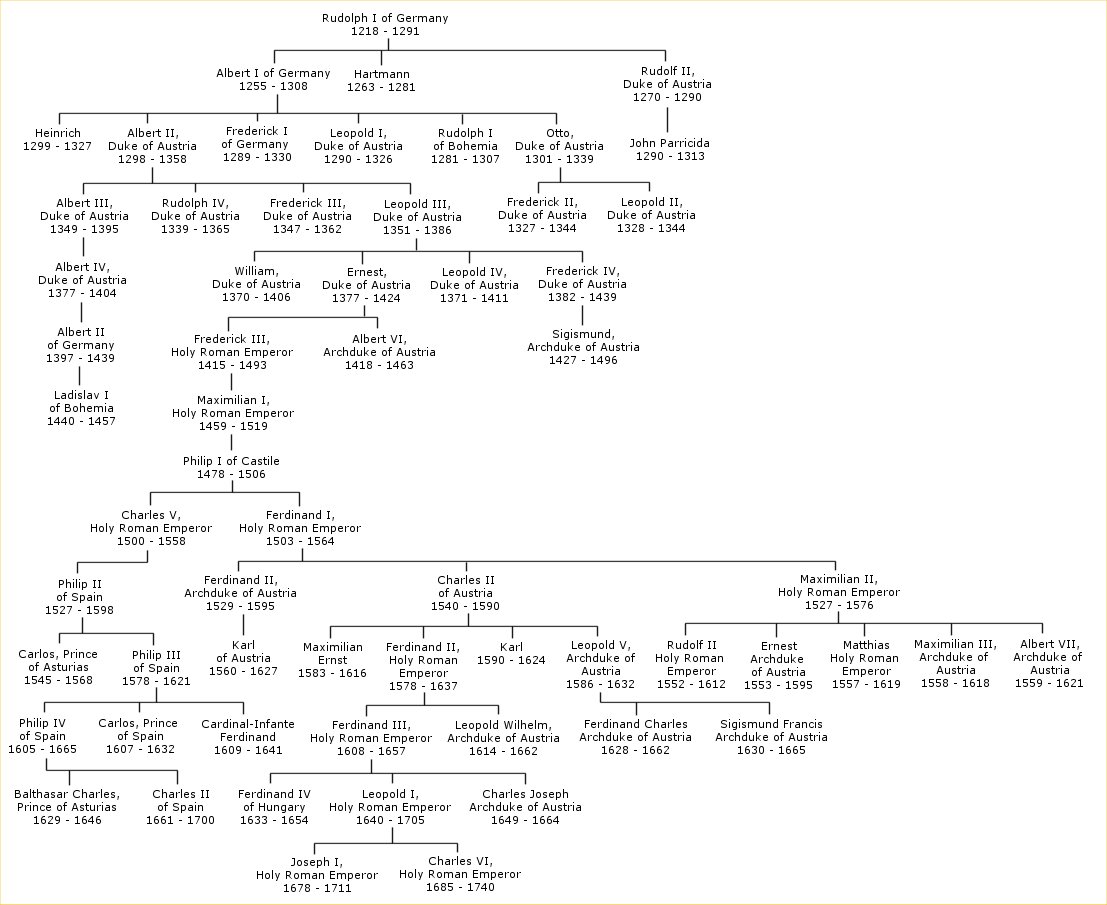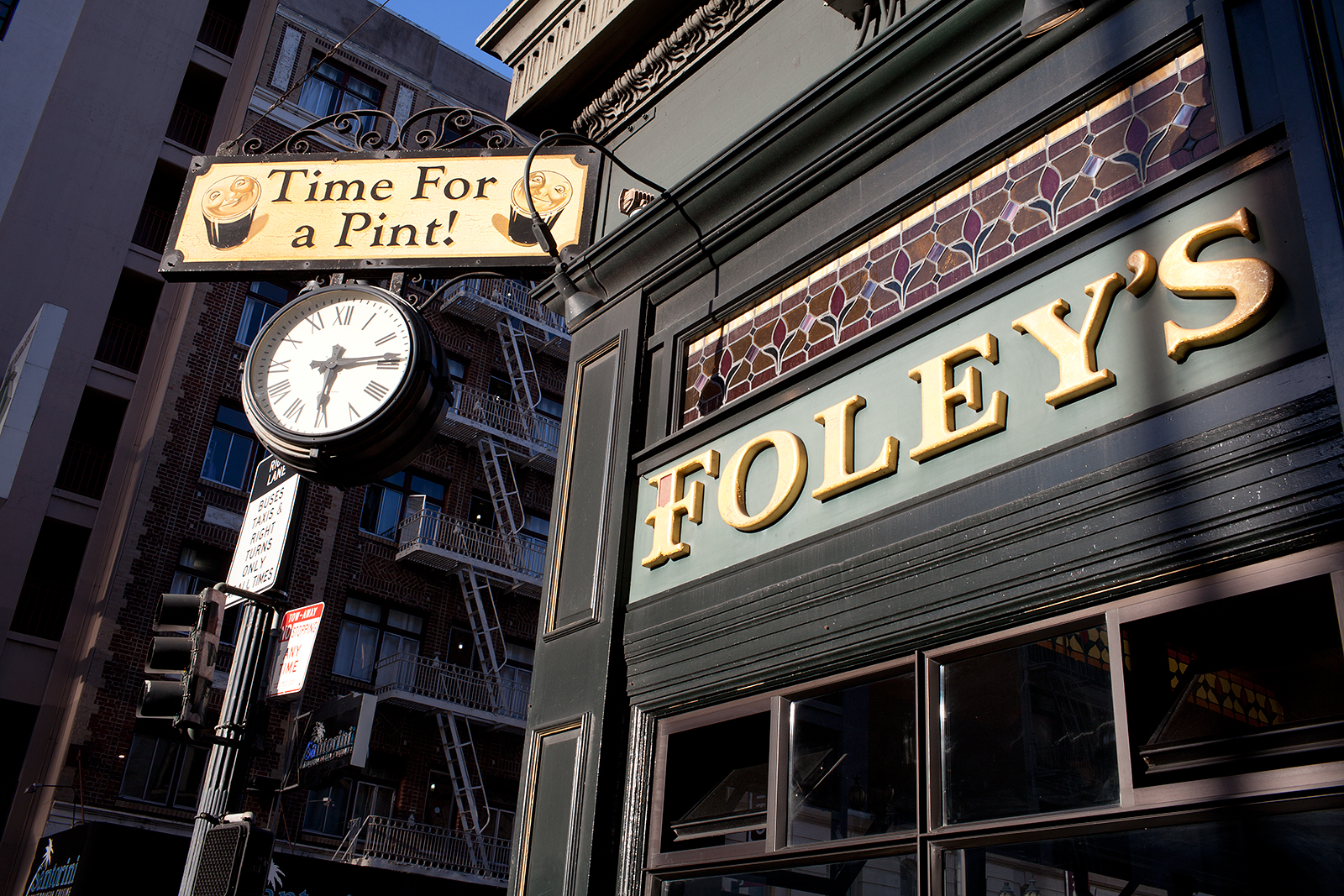Table Of Content
On 6 August 1806, Emperor Francis I dissolved the Holy Roman Empire under pressure from Napoleon's reorganization of Germany. In anticipation of the loss of his title of Holy Roman Emperor, Francis had declared himself hereditary Emperor of Austria (as Francis I) on 11 August 1804, three months after Napoleon had declared himself Emperor of the French on 18 May 1804. Charles formally became the sole monarch of Spain upon the death of his imprisoned mother Queen Joan in 1555. The Habsburg dynasty achieved its highest position when Charles V was elected Holy Roman Emperor in 1519. Much of Charles's reign was dedicated to the fight against Protestantism, which led to its eradication throughout vast areas under Habsburg control.
Before the Albertine/Leopoldine division
The boundaries of some of these territories varied over the period indicated, and others were ruled by a subordinate (secundogeniture) Habsburg line. The Habsburgs also held the title of Holy Roman Emperor between 1438 and 1740, and again from 1745 to 1806. The Habsburgs grew to European prominence as a result of the dynastic policy pursued by Maximilian I, Holy Roman Emperor. Maximilian married Mary of Burgundy, thus bringing the Burgundian Netherlands into the Habsburg possessions. Their son, Philip the Handsome, married Joanna the Mad of Spain (daughter of Ferdinand II of Aragon and Isabella I of Castile).
History
Tuscany remained the domain of this cadet branch of the family until Italian unification. On 11 November 1918, with his empire collapsing around him, the last Habsburg ruler, Charles I of Austria (who also reigned as Charles IV of Hungary) issued a proclamation recognizing Austria's right to determine the future of the state and renouncing any role in state affairs. Even though he did not officially abdicate, this is considered the end of the Habsburg dynasty.
Living the Habsburg Way (Guest: Archduke Eduard Habsburg) - Crisis Magazine
Living the Habsburg Way (Guest: Archduke Eduard Habsburg).
Posted: Fri, 21 Apr 2023 07:00:00 GMT [source]
Territories
The Spanish branch (which held all of Iberia, the Netherlands, and lands in Italy) became extinct in 1700. The Austrian branch (which ruled the Holy Roman Empire, Hungary, Bohemia and various other lands) was itself split into different branches in 1564 but reunited 101 years later. It became extinct in the male line in 1740, but continued through the female line as the House of Habsburg-Lorraine. Habsburg dynasty, or Hapsburg dynasty, Royal German family, one of the chief dynasties of Europe from the 15th to the 20th century. They also controlled Hungary and Bohemia (1526–1918) and ruled Spain and the Spanish empire for almost two centuries (1504–06, 1516–1700). One of the earliest Habsburgs to rise to great power was Rudolf I, who became German king in 1273.

Meanwhile the Styrian line descended from Leopold III had been subdivided into Inner Austrian and Tirolean branches. The name Habsburg is derived from the castle of Habsburg, or Habichtsburg (“Hawk’s Castle”), built in 1020 by Werner, bishop of Strasbourg, and his brother-in-law, Count Radbot, in the Aargau overlooking the Aar River, in what is now Switzerland. Radbot’s grandfather, Guntram the Rich, the earliest traceable ancestor of the house, may perhaps be identified with a Count Guntram who rebelled against the German king Otto I in 950. Radbot’s son Werner I (died 1096) bore the title count of Habsburg and was the grandfather of Albert III (died c. 1200), who was count of Zürich and landgrave of Upper Alsace. Rudolf II of Habsburg (died 1232) acquired Laufenburg and the “Waldstätte” (Schwyz, Uri, Unterwalden, and Lucerne), but on his death his sons Albert IV and Rudolf III partitioned the inheritance. Rudolf III’s descendants, however, sold their portion, including Laufenburg, to Albert IV’s descendants before dying out in 1408.
Male-line family tree
House of Habsburg, royal German family, one of the principal sovereign dynasties of Europe from the 15th to the 20th century. The War of the Austrian Succession took place after the extinction of the male line of the Austrian Habsburg line upon the death of Charles VI. The direct Habsburg line itself became totally extinct with the death of Maria Theresa of Austria, when it was followed by the House of Habsburg-Lorraine. The abdications of Charles V in 1556 ended his formal authority over Ferdinand and made him suo jure ruler in Austria, Bohemia, Hungary, as well as Holy Roman Emperor.
The title appears first in documents issued under the joint rule of Maximilian and Philip (his under-age son) in the Low Countries. The house takes its name from Habsburg Castle, a fortress built in the 1020s in present-day Switzerland by Radbot of Klettgau, who named his fortress Habsburg. His grandson Otto II was the first to take the fortress name as his own, adding "Count of Habsburg" to his title. In 1273, Count Radbot's seventh-generation descendant, Rudolph of Habsburg, was elected King of the Romans.
The world power of the Habsburgs
A Habsburg having thus attained the Western world’s most exalted secular dignity, a word may be said about the dynasty’s major titles. The imperial title at that time was, for practical purposes, hardly more than a glorification of the title of German king, and the German kingship was, like the Bohemian and the Hungarian, elective. Charles V divided the House in 1556 by ceding Austria along with the Imperial crown to Ferdinand (as decided at the Imperial election, 1531), and the Spanish Empire to his son Philip. The Spanish branch (which also held the Netherlands, the Kingdom of Portugal between 1580 and 1640, and the Mezzogiorno of Italy) became extinct in 1700.
Austria and the rise of the Habsburgs in Germany
Archduke was initially borne by those dynasts who ruled a Habsburg territory, i.e., only by males and their consorts, appanages being commonly distributed to Cadets. These "junior" archdukes did not thereby become independent hereditary rulers, since all territories remained vested in the Austrian crown. Occasionally a territory might be combined with a separate gubernatorial mandate ruled by an archducal cadet. From the 16th century onward, archduke and its female form, archduchess, came to be used by all the members of the House of Habsburg (e.g., Queen Marie Antoinette of France was born Archduchess Maria Antonia of Austria). Habsburg Spain was a personal union between the Crowns of Castile and Aragon; Aragon was itself divided into the Kingdoms of Aragon, Catalonia, Valencia, Majorca, Naples, Sicily, Malta and Sardinia.[63] From 1581, they were kings of Portugal until they renounced this title in the 1668 Treaty of Lisbon. They were also Dukes of Milan, Lord of the Americas, and holder of multiple titles from territories within the Habsburg Netherlands.
The dukes named their line the House of Austria-Este, as they were descended from the daughter of the last D'Este duke of Modena. Frederick III managed to secure the marriage of Charles's only daughter, Mary of Burgundy, to his son Maximilian. The wedding took place on the evening of 16 August 1477, after the death of Charles.[64] Mary and the Habsburgs lost the Duchy of Burgundy to France, but managed to defend and hold onto the rest what became the 17 provinces of the Habsburg Netherlands. After Mary's death in 1482, Maximilian acted as regent for his son Philip the Handsome. Under Maximilian, the possessions of the Habsburgs would be united again under one ruler, after he had re-conquered the Duchy of Austria after the death of Matthias Corvinus, who resided in Vienna and styled himself duke of Austria from 1485 to 1490. The Habsburg name was not continuously used by the family members, since they often emphasized their more prestigious princely titles.
In the peace settlement that followed, significant territories were ceded to Romania and Italy and the remainder of the monarchy's territory was shared out among the new states of Poland, the Kingdom of Serbs, Croats and Slovenes (later Yugoslavia), and Czechoslovakia. In 1457 Duke Frederick V of Inner Austria also gained the Austrian archduchy after his Albertine cousin Ladislaus the Posthumous had died without issue. 1490 saw the reunification of all Habsburg lines when Archduke Sigismund of Further Austria and Tyrol resigned in favor of Frederick's son Maximilian I. Through the forged document called privilegium maius (1358/59), Rudolf IV, Duke of Austria (1339–1365) introduced the title of Archduke to place the Habsburgs on a par with the Prince-electors of the Empire, since Emperor Charles IV had omitted to give them the electoral dignity in his Golden Bull of 1356. Choose from various themes to access and explore the history of the Habsburg Monarchy, for example 'work', 'love' or 'death'.
The Austrian branch (which also ruled the Holy Roman Empire, Hungary and Bohemia) was itself divided between different branches of the family from 1564 until 1665, but thereafter it remained a single personal union. It became extinct in the male line in 1740, but through the marriage of Queen Maria Theresa with Francis of Lorraine, the dynasty continued as the House of Habsburg-Lorraine. King Rudolf I of Germany of the Habsburg family assigned the Duchy of Austria to his sons at the Diet of Augsburg (1282), thus establishing the "Austrian hereditary lands". Between 1438 and 1806, with few exceptions, the Habsburg Archduke of Austria was elected as Holy Roman Emperor. Charles's son and successor Ferdinand II in 1619 became Archduke of Austria and Holy Roman Emperor as well as King of Bohemia and Hungary in 1620.
Maximilian was shot in Cerro de las Campanas, Querétaro, in 1867 by the republican forces of Benito Juárez. As they accumulated crowns and titles, the Habsburgs developed a family tradition of multilingualism that evolved over the centuries. The Holy Roman Empire had been multilingual from the start, even though most of its emperors were native German speakers.[38] The language issue within the Empire became gradually more salient as the non-religious use of Latin declined and that of national languages gained prominence during the High Middle Ages.
In Spain, the dynasty was known as the Casa de Austria, including illegitimate sons such as John of Austria and John Joseph of Austria. The arms displayed in their simplest form were those of Austria, which the Habsburgs had made their own, at times impaled with the arms of the Duchy of Burgundy (ancient). Members of the Habsburg family oversee the Austrian branch of the Order of the Golden Fleece and the Imperial and Royal Order of Saint George.
In 1919, the new republican Austrian government subsequently passed a law banishing the Habsburgs from Austrian territory until they renounced all intentions of regaining the throne and accepted the status of private citizens. Charles made several attempts to regain the throne of Hungary, and in 1921 the Hungarian government passed a law that revoked Charles' rights and dethroned the Habsburgs, although Hungary remained a kingdom, albeit without a king, until 1946. The Habsburgs did not formally abandon all hope of returning to power until Otto von Habsburg, the eldest son of Charles I, on 31 May 1961 renounced all claims to the throne. Francis Stephen assigned the Grand Duchy of Tuscany to his second son Peter Leopold, who in turn assigned it to his second son upon his accession as Holy Roman Emperor.

No comments:
Post a Comment